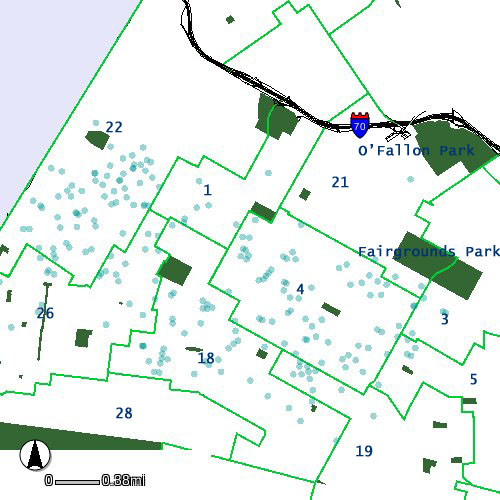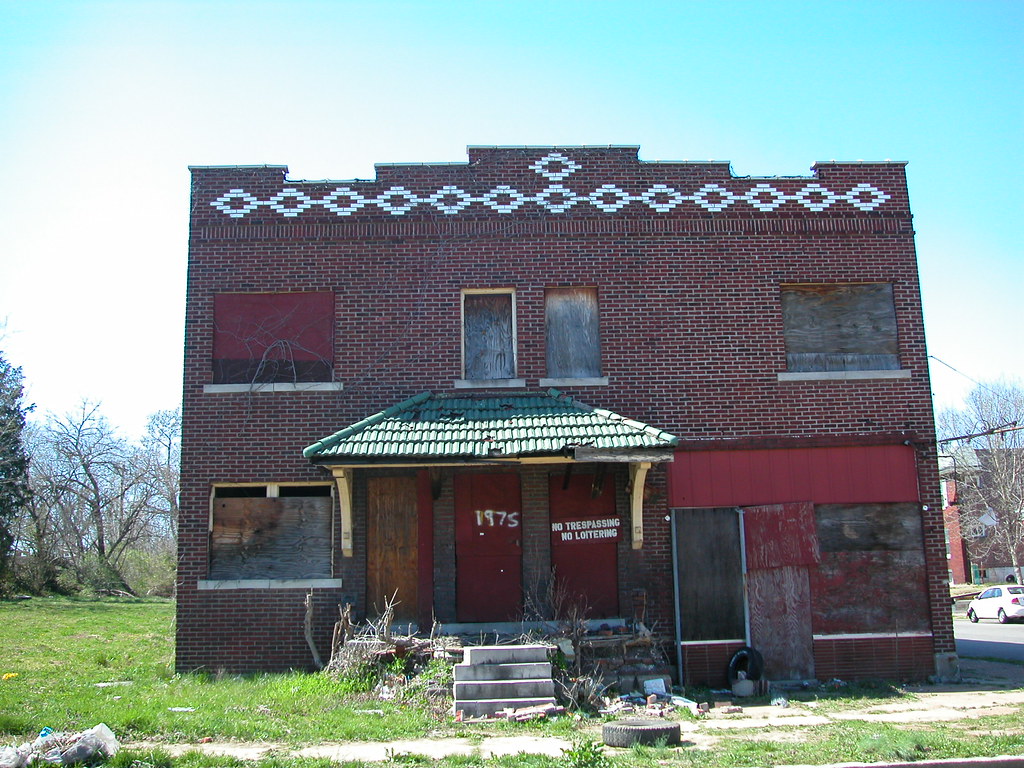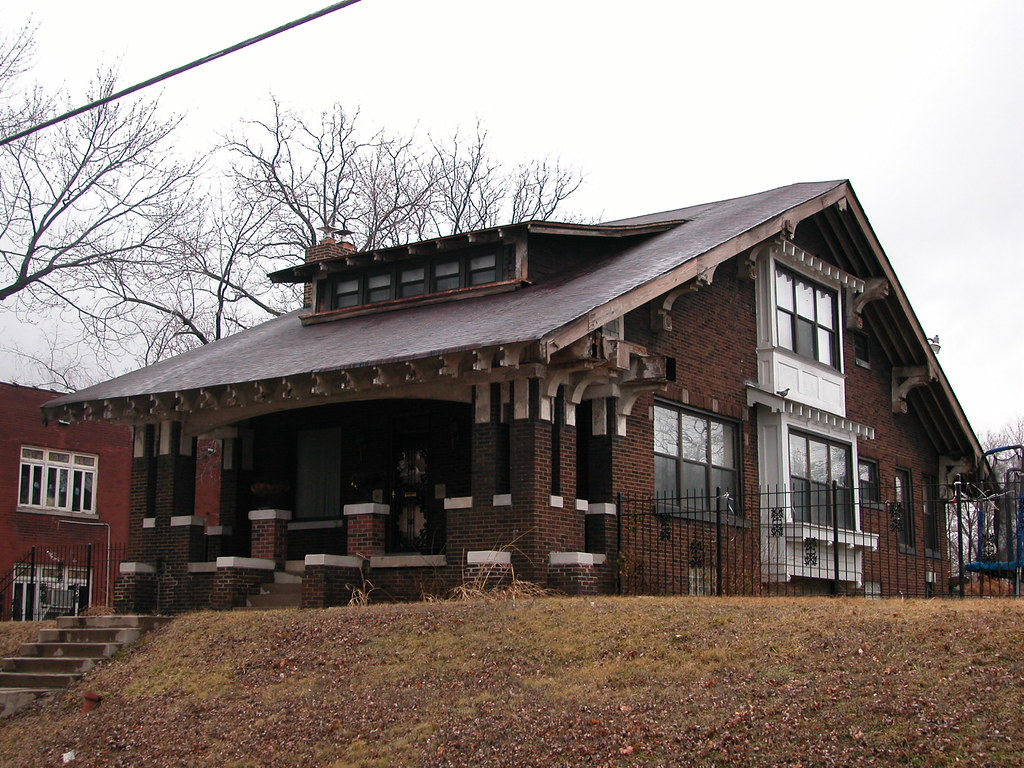by Michael R. Allen
St. Louis Public Radio aired my latest commentary this morning. Listen to it here. The extended script follows.
This year ends with positive changes for two of north St. Louis’ most distressed neighborhood commercial districts – the 14th Street district in Old North St. Louis and a section of Martin Luther King Drive in the Wellston Loop area.
In Old North, the $35 million Crown Square redevelopment project has transformed two blocks that once were the commercial center of the neighborhood. In 1977, using federal funds, the city of St. Louis closed the street to create a pedestrian mall. Eventually that mall killed the foot and vehicle traffic necessary to sustain the businesses.
Thankfully and improbably, most of the buildings fronting 14th Street on the two blocks between St. Louis and Warren streets survived abandonment. Now, these buildings have been beautifully rehabilitated into residential and commercial spaces. 14th Street is set to reopen to traffic early next year. Old North will regain a vital center.
The good news in the Martin Luther King Drive in the Wellston Loop area comes from an earlier chapter in the renewal story than the news from Old North. In November, a state review council approved a National Register of Historic Places nomination for 65 buildings on or around the north side thoroughfare from Clara Avenue west to the city limits.
The designation honors the cultural and architectural significance of what was in the late 1940s the city’s busiest shopping district. However, the designation also makes available rehabilitation tax credits long sought by building owners in the area. Such credits were crucial in rebuilding Crown Square.
Commercial districts are barometers of neighborhood health. Once they die, a neighborhood may be gone forever. By all indications, Old North and the Wellston Loop have a lot of life left in them.













